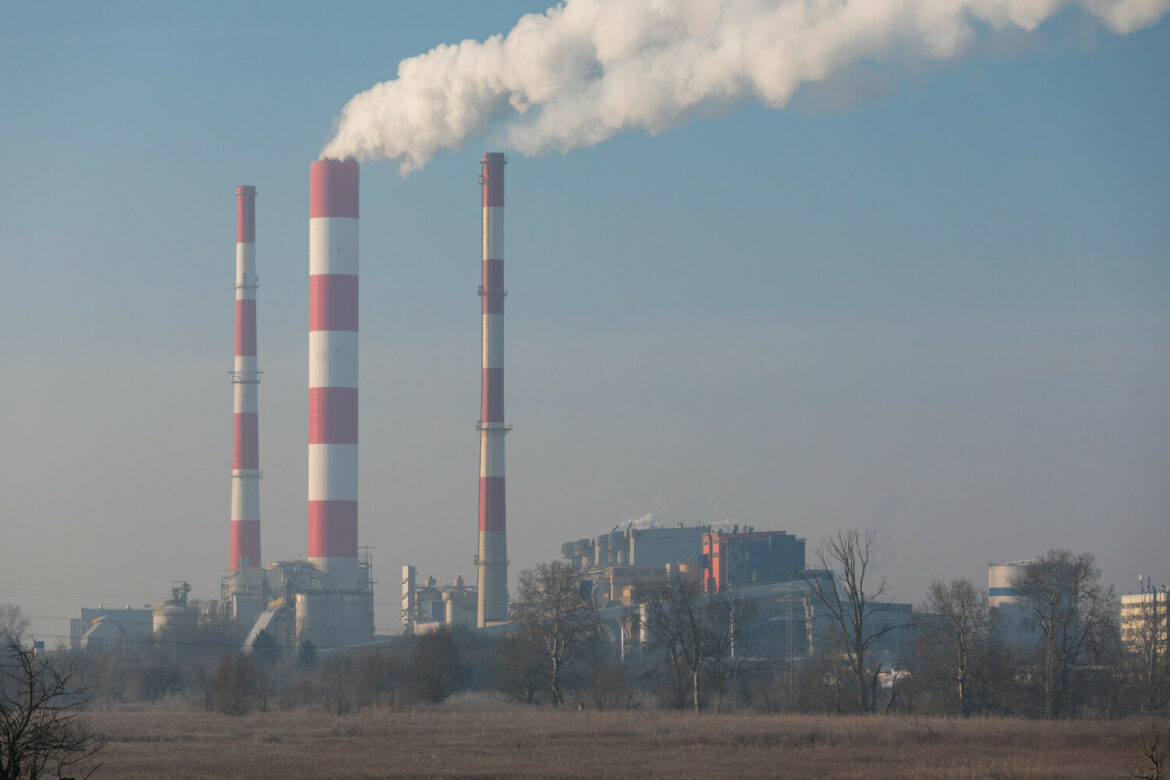According to the Central Statistical Office (GUS), the value of sold industrial production in Poland in March was 17.3% higher than in the previous year. The dynamics turned out to be slightly lower than in February (17.6%) and January (19.2%), but definitely higher than the analysts’ forecasts, who expected an increase of 11.9%.
Such good results surprised the market. According to the economists of ING Bank Śląski, the good condition of the economy means that “the Monetary Policy Council can raise rates and fight inflation”.
In all major industrial sectors in March 2022, there was an increase in production on an annual basis. The production of energy-related goods increased the most – by 57.3%. The production of intermediate goods increased to a lesser extent – by 15.3%, non-durable consumer goods – by 11.8%, durable consumer goods – by 7.9% and investment goods – by 5.9%.
According to preliminary data, in March this year, compared to March last year, an increase in sold production (in constant prices) was recorded in 31 (out of 34) industrial sectors, including repair, maintenance and installation of machinery and equipment – by 44.5%, hard coal and lignite mining – by 35.5%, the manufacture of metal products – by 29.2%, coke and refined petroleum products – by 25%, 4%, metals – by 24.9%, wood products, cork, straw and wicker – by 24.7%, chemicals and chemical products – by 21.9%, machinery and equipment – by 17.8%.
A drop in sold industrial production, compared to March last year, occurred in 3 sectors, including the production of motor vehicles, trailers and semi-trailers.
The effects of the war are so far small (the automotive closure is compensated with the high production of its own heavy industry, which replenishes the import shortages from Ukraine and Russia). The effects of lockdowns in China will not be revealed until April, wrote ING Bank Śląski economists wrote on Twitter, commenting on the GUS data.
Adrian Andrzejewski





